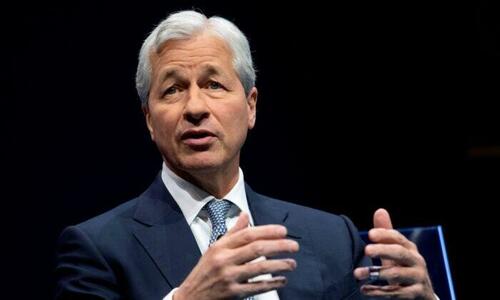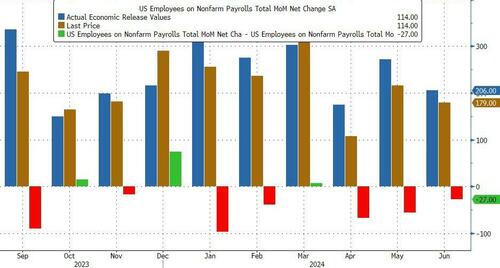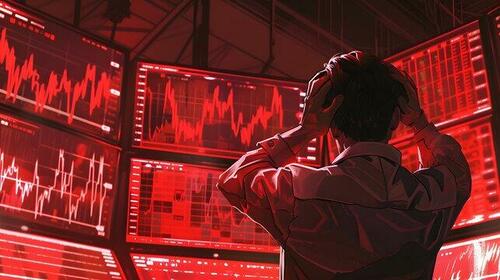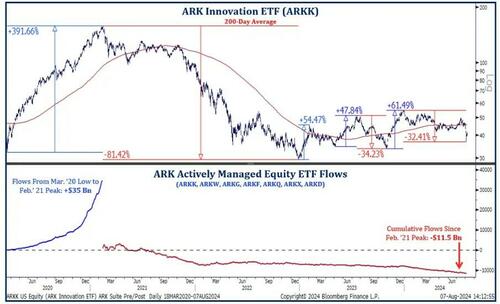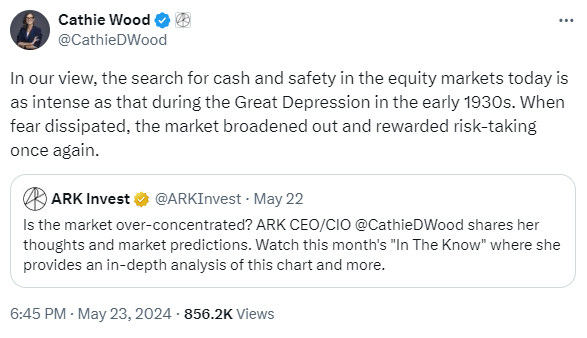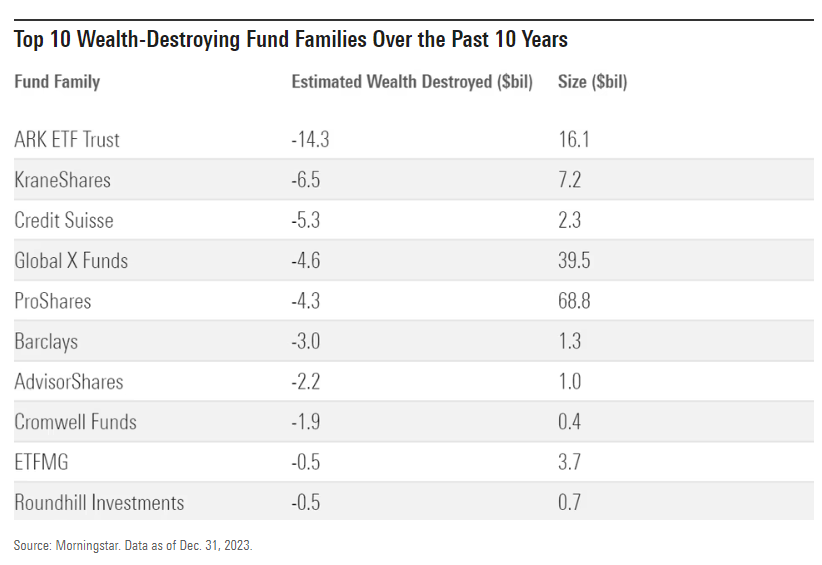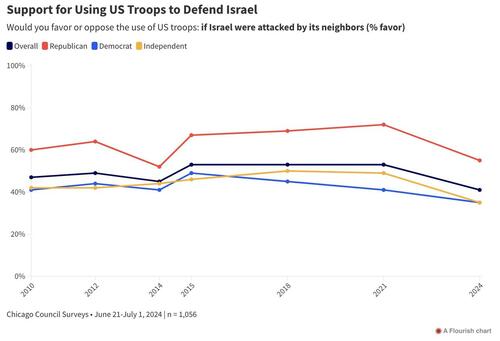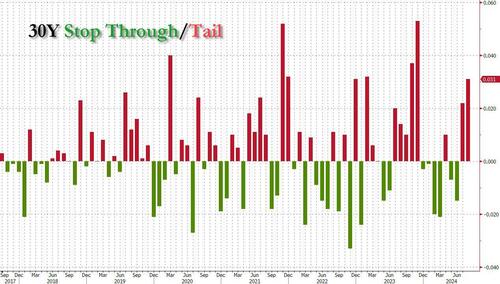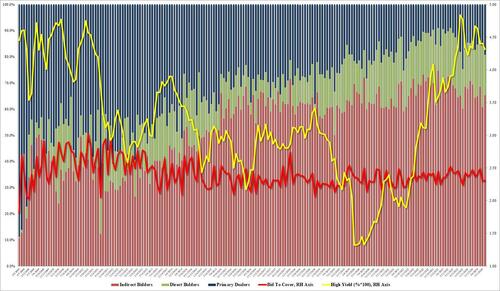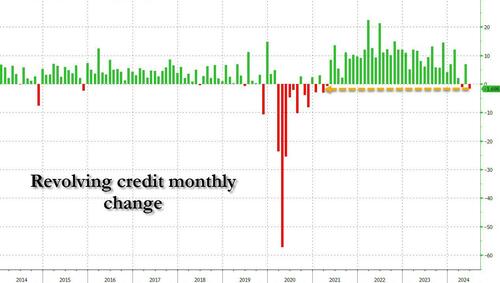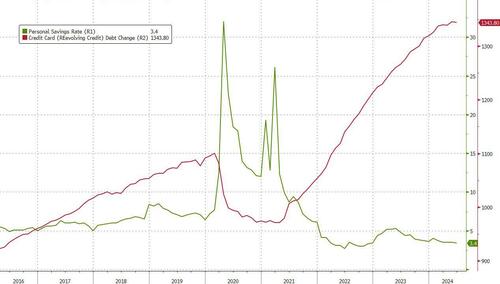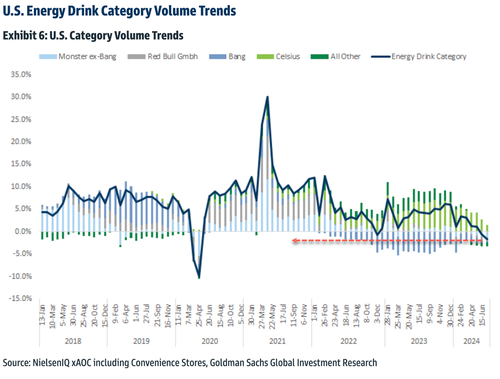Authored by James Rickards via DailyReckoning.com,
This Means War!
Not surprisingly, the stock market bounced back today after yesterday’s mini-crash — the “buy the dip” theme is deeply entrenched in today’s market.
But don’t make the mistake of thinking that stocks will continue on their way to record highs. There are too many red flags to ignore, although Wall Street would like you to ignore them.
Meanwhile, yesterday’s market swoon distracted people from a major developing story that I originally planned to address:
We’re staring at the prospect of a major new Middle East war. We’re confronting a very dangerous situation with major implications for global markets.
Any day now, or even any minute now, Iran is expected to take strong military action against Israel. By the time you read this article, it may have already started.
At this point, it’s not a matter of if, but of when.
Israel Escalates Bigly Against Iran
Iran’s pending action is a response to two recent Israeli assassinations of key figures strongly linked to Iran:
-
The first assassination killed a leader of Hezbollah, a key Iranian proxy. That occurred in Lebanon, Hezbollah’s base
-
Less than 24 hours later, Israel assassinated the political leader of Hamas, Ismail Haniyeh. That assassination actually occurred in Iran itself, as Haniyeh was in Tehran to attend the swearing-in ceremony for Iran’s new president.
Israel hasn’t accepted responsibility for Haniyeh’s killing, but there’s little reason to believe it wasn’t Israel. It’s still not clear how the assassination actually occurred.
Some reports claim a missile killed him in the Tehran apartment in which he was staying. That means the missile would have been launched from within Iran, which raises a lot of questions.
Other reports say Haniyeh was killed by remotely detonated explosives, previously planted in the apartment by Israeli operatives, potentially with the collaboration of Iranian security agencies.
The conflicting claims aren’t insignificant. Under certain interpretations of international law, the use of explosives isn’t a casus belli, or a justification for war. But the use of a missile is.
Either way, I don’t think Iran appreciates that distinction.
Iran Vows “Harsh” Revenge
Iran has pledged “harsh” revenge for the two assassinations. Sources report that neighboring Arab states, along with the U.S., are pleading with Iran to limit its retaliatory action.
Jordan has even dispatched its senior diplomat to Tehran to argue for a limited response. That’s Jordan’s first official visit to Iran in over 20 years, which underscores the severity of the situation.
All reports indicate that Iran has rebuffed these overtures. It’s determined to hit Israel hard, even if it results in a large-scale war. From Iran’s perspective, a strong response makes sense.
Let’s revisit April’s Iranian missile and drone attacks on Israel which, again, were launched in retaliation for Israel’s strike on Iran’s consulate in Syria.
Iran’s attack was almost staged. It was telegraphed in advance, giving Israel (as well as U.S. forces in the region) time to prepare for it. The great majority of Iranian drones and missiles were shot down, and Israel suffered very little damage.
We Don’t Really Mean It?
It was as if Iran was saying, “We have to retaliate for your attack on our consulate, but we don’t want further escalation. So we’re going to let you know what we’re going to do and give you time to prepare for it. Our attack won’t really hurt you, but we have to do it in order to save face.”
Israel conducted its own retaliatory strike on Iran, but it was limited, and that was the end of it. Both sides could wipe their hands clean and move on.
But Israel’s latest assassinations changed all that. They represented significant escalations against Iran, especially the assassination in Iran’s own territory.
Imagine the U.S. response if Russia, for example, assassinated a key U.S. ally attending the inauguration of an American president.
So why would Iran listen to pleas for a limited, measured response this time? It took that approach in April, and Israel escalated anyway. So in this instance, Iran has no incentive to limit its retaliation. In its view, deterrence has failed. The only logical response is to punish Israel as hard as it can.
That of course raises the question: How might Iran retaliate?
Iran’s Options
It could take the form of drone and missile attacks, similar to the ones in April, only more intense. Iran could also enlist its proxies like Hezbollah to attack Israel from southern Lebanon, forcing Israel to fight a two-front war (Gaza being the first, which is still ongoing).
Or it could be a combination of both. Hezbollah is a much more formidable fighting force than Hamas, so Israel will have its hands full if it has to confront Hezbollah.
Meanwhile, The U.S. is sending warships and aircraft to the region to support Israel. What can go wrong? It’s not hard to envision a scenario in which the U.S. is dragged into the fighting.
Yesterday, a rocket attack on a U.S. base in Iraq injured five personnel. It’s not known who’s responsible at this point, but it could very likely be an Iranian proxy. It’s hard to imagine the timing was just coincidental.
Here’s the larger point: Israel’s assassinations and Iran’s pending retaliation illustrate the dangers of having a weak, unfit, lame-duck American president like Joe Biden. Here’s why…
Geopolitical Consequences of Biden’s Weakness
The U.S. has previously restrained Israel from taking stronger action against Iran. The U.S. has been pursuing a Gaza ceasefire and a hostage deal. Sources claim the Biden administration felt it was close to a breakthrough before the assassinations.
The two assassinations torpedoed whatever chances there were of a hostage deal. Would Israel have acted against strong U.S. interests if a firm president was in office? It’s highly unlikely. It’s apparent that Benjamin Netanyahu has little respect for a greatly diminished, lame-duck Biden who’s on the way out.
That’s why Biden’s diminished condition isn’t just a domestic concern. It has potentially serious geopolitical consequences, which are presently unfolding. And does anyone believe Kamala Harris is a viable alternative? Netanyahu almost certainly doesn’t.
If we’re not in a recession already (I believe we entered one in May or June), we’re clearly heading for one. A new Middle East war will drive up the price of oil, maybe dramatically depending on how the conflict unfolds. That means higher prices at the pump, which are already too high for many Americans.
What if Iran shuts down the Strait of Hormuz, ending all oil exports from the Persian Gulf (or the Arabian Gulf, depending on who you’re talking to)?
That could be the final nail in the coffin of the Biden economy. We’d be staring in the face of a major recession that would crush average Americans.

All I can say is put on your crash helmet. You might need it very soon.

